Tuesdays with Justin; Dog Training at Home: Week 10 – The Wrap
How did 10 weeks pass so quickly, but here we are! We’ve covered a lot of ground over the course of the Tuesdays with Justin; Dog Training at Home series. Justin gave us fixes for everything from reactivity to resource guarding; from self awareness to obsessive behaviors. For the final week, we both thought it a good idea to wrap everything up into one place we can refer to for how to train our dogs. I hope it’s helpful as a launch point before you tackle any problem.
This is also the last week of the giveaway, so if you want to win a copy of Justin’s awesome new book, The Language of Dogs, where he includes everything we’ve covered here and much more, then enter! It’s easy! See details below this post.
I’ve loved having Justin and his training partner, Dave Donnenfeld, guest post. Thank you both so much! We all hope Justin’s tips have been helpful to you and would welcome feedback, comments and suggestions of other topics that may be of interest when it comes to training. So, lay it on us; don’t be shy! 🙂 Here we go, with Week 10: The Wrap.
Tuesdays with Justin; The Wrap OR The Training To Do (and not to do)
by Justin Silver with Dave Donnenfeld
There are many videos and volumes of information out there that can show you how to contend with dog problems. What I believe I can tell you from experience, is how to fix your issue with your dog.
This past week, I trained a mini-Schnauzer that shrieked and barked at everything and would not stop. Despite puppy classes and two trainers, her handle on basic commands had regressed. She halted on leash, and if a butterfly flapped its wings, that set her off, non-stop.
The first thing I did when I got there was to give the dog a few minutes of silence. The owners could not keep quiet, but I stopped them a half dozen times and five minutes later, the barking came to a halt. Normally, barking episodes were said to last upwards of 30 minutes. We moved on to redirection and gave the dog some parameters and structure, but what I really needed to teach was far different.
Pet Parent Training
The parents had to learn how to be good dog teachers, but they simply didn’t know the basics.
To encapsulate this session, dog parents please do your best to follow these guidelines, and you’ll find your training going that much smoother.
Before you even begin trying to tackle any problem:
1) Assess your dog’s energy level – your dog should be well-exercised, even more so than usual.
2) Spend no less than five minutes being quiet and non-interactive with your dog – this will set the mood for what is to come.
3) Assess yourself – let go of any residual anxiety and distractions, like cell phones.
Be Aware of Your Body
1) Stand tall – Good posture really helps send the right signal to your dog.
2) Don’t bend down to instruct your dog when they’re not listening.
3) Have loose wrists – typically, you’ll be using the leash and this is crucial.
4) Don’t be tense – trite as it sounds, think positive.
5) Deliver hand signals in the strike zone – between the belt line and the chest.
Your Voice
1) Don’t repeat yourself – your dog hears you.
2) Commands are one enunciated word – “Come, come, c’mere, come here,” is different to a dog than the one word “come.”
3) Command words should be neutral, while encouragement is upbeat sounding.
4) Economical – sparingly and definitely non-continuous when it comes to talking.
Prep
1) Use a 4’ leash, even for training in the house – unless your dog is advanced.
2) Have bite size treats – over rewarding is common and slows things down.
3) Keep rewards in the same hand and by your side.
4) Map your training course – note the physical spot where things start and stop and be consistent.
Execution
1) Marking words – a job well done may be marked by “good boy” or “girl,” and should be said when dispensing with a reward. It also helps to signify the end of that repetition.
2) Wait for eye contact from your dog before beginning or resuming any instruction.
3) Hand signals and the voicing of the command happen simultaneously. Whether you are redirecting a dog’s nervous energy, setting the pace on a walk, teaching recalls, house training or attempting to get your dog past a rolling skateboard, these principles apply.
When the techniques a dog trainer uses works for them and fails when you attempt the same, the difference is almost always found in the above. Remember, if you stick with the basics, you’ll never have to go back to the basics.
♥ ♥ ♥ ♥ ♥
The Giveaway
Enter to win a copy of Justin & Dave’s new book, The Language of Dogs, a great dog training at home manual that’s easy to read and chock full of practical training tips that work. I reviewed it in an earlier post here.
To enter, just join the Bark & Swagger family! If you’re already a member, you’re eligible! The giveaway begins Tuesday, June 23 at 7am EST and ends Sunday, June 28 at 11:59pm EST. Each week, we’ll announce a new winner and start the giveaway again.
Week 9’s winner is Kathy A. Congratulations, Kathy!
To get more info, great tips and fun pictures, visit Justin on:
Has Tuesdays with Justin helped you? Tell me so I can make future training posts even better!


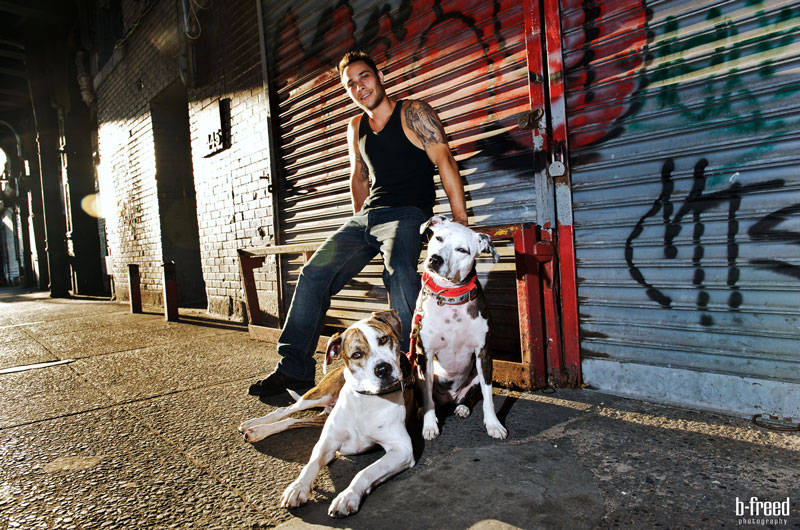

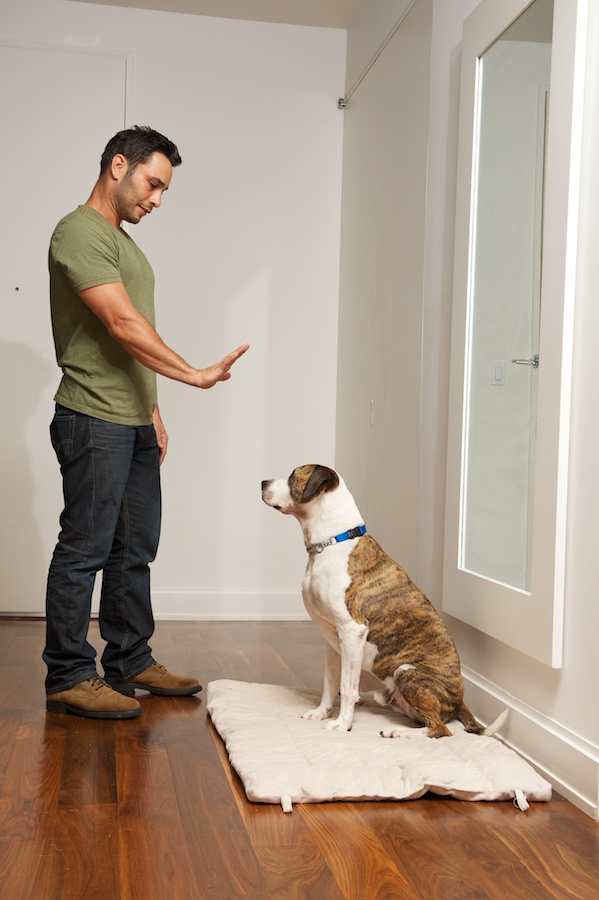
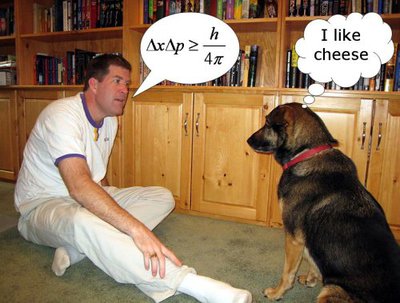


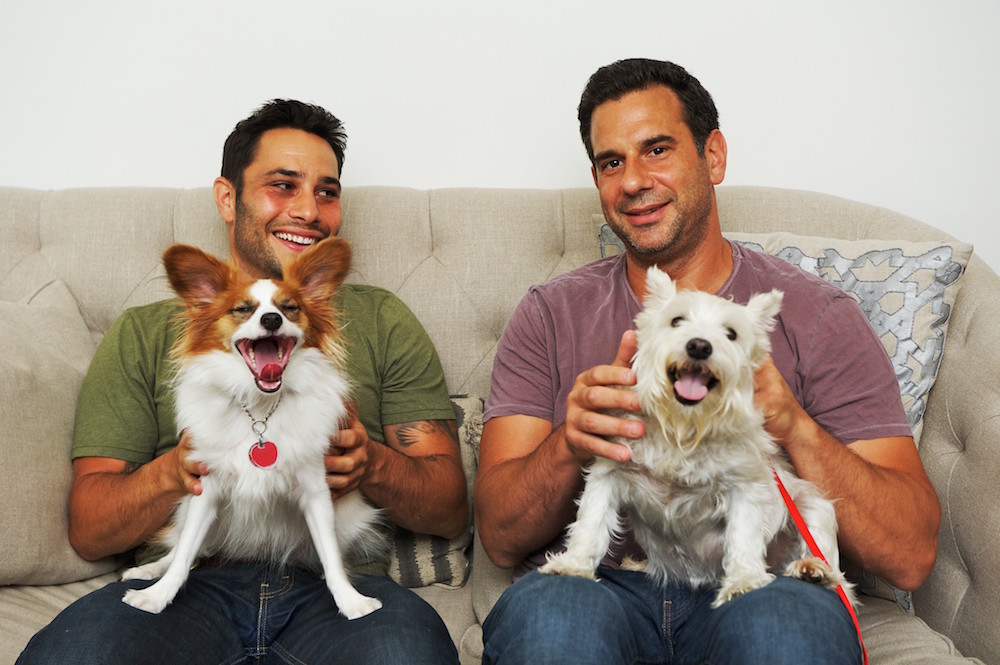


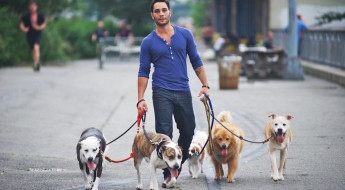

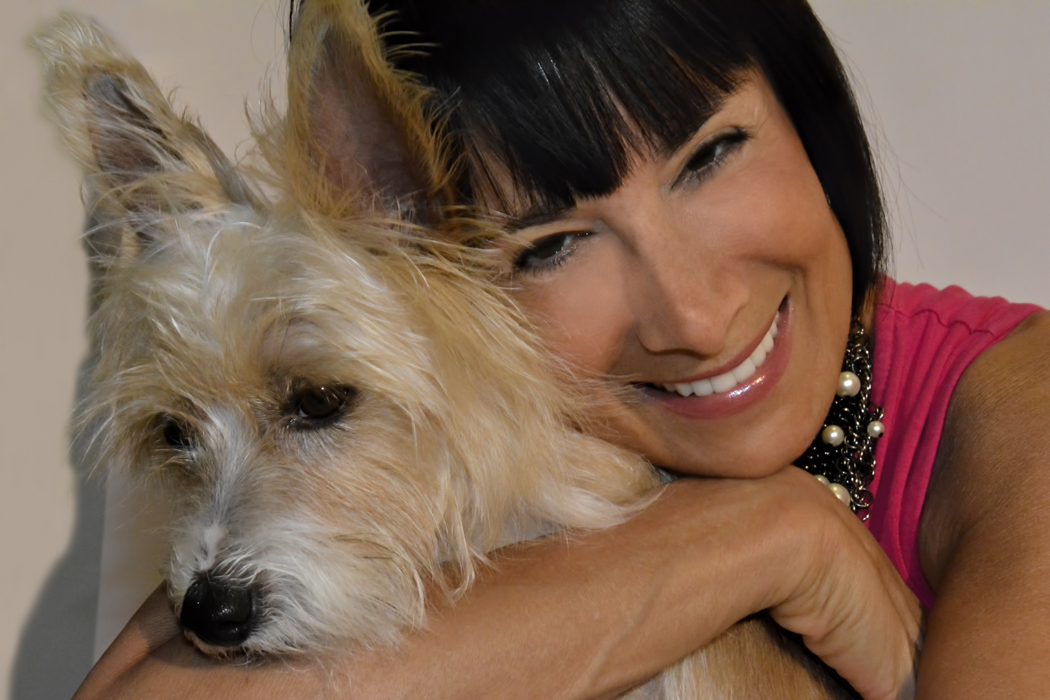


Great site for helpful pet tips.
Hi Nancy! Thank you! So glad you feel that way. Always want to know what challenges my followers face as dog parents. If you feel like sharing that, I’d appreciate it! It helps me help you and others. Thanks!